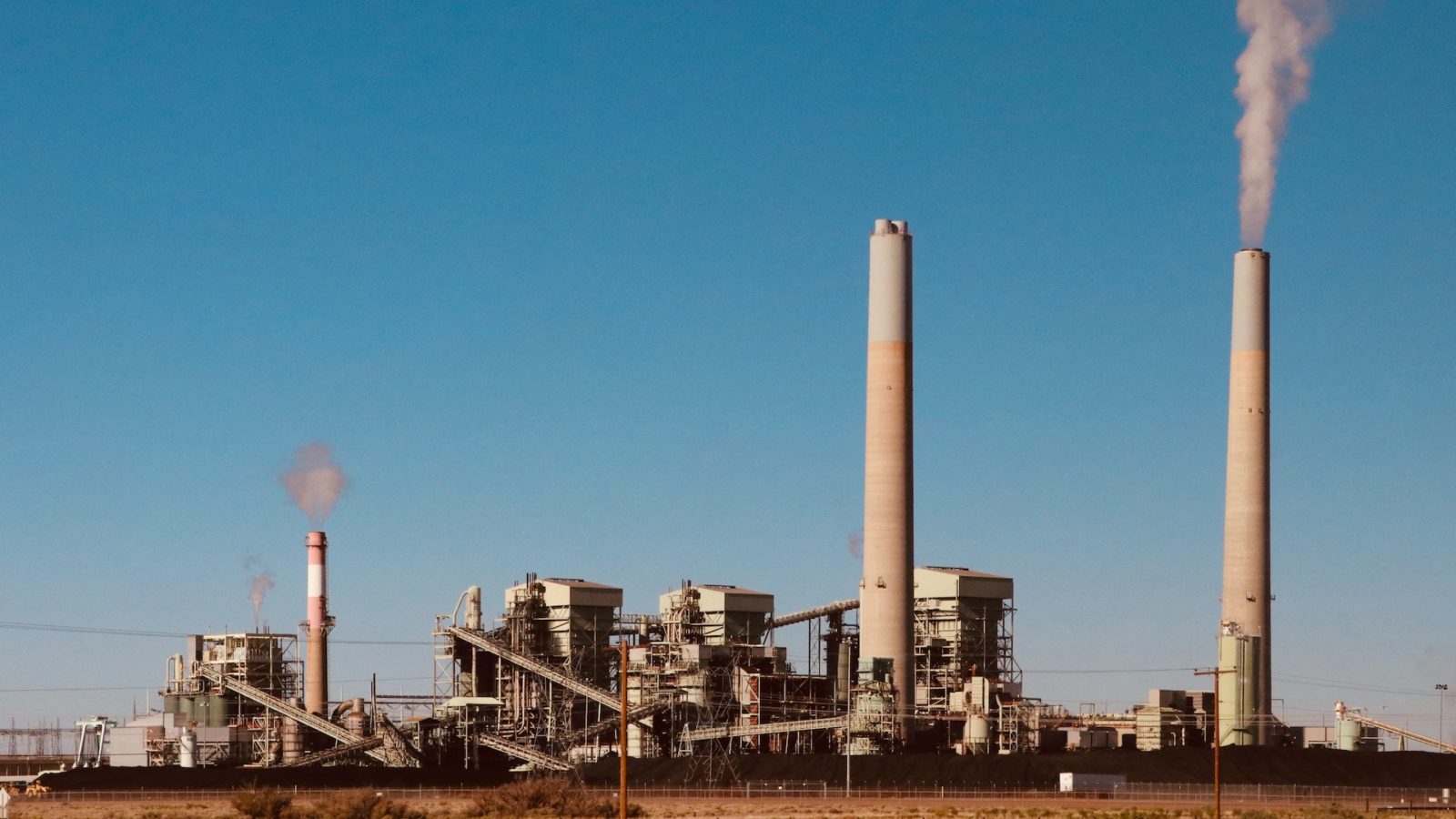When looking into energy in the state of Texas, what first comes to mind are large quantities of oil and gas production; this is certainly the case, but it is only part of the full story.
Texas has a long history with fossil fuels. Oil became a fixture in the Texan economy and culture in the early days of the 20th century. As the country continued to industrialize, the need for oil grew as well. This need was met to a large degree by Texas. The first oil well blew spectacularly in Spindletop on January 10, 1901 and since then, fossil fuels have remained a fixture in the state.
The oil boom led to incredible economic growth and a dramatic increase in population within the state, transforming it from a largely rural area to an increasingly urbanized economic powerhouse. While the boom largely ended as the wells dried up and the Great Depression set in, Texas’ overall production remains high. More recently, with help from the advent of fracking, natural gas has also become a force to be reckoned with in the state, with the Permian Basin acting as the source for much of both fossil fuels.
To this day, Texas is the largest producer of oil and natural gas in the country, and as such, there are large political and economic forces at work keeping the industry going despite pushes for decarbonization. The oil and gas lobby, one of the most powerful in the country, spent a combined total of over $125 million in 2019, nearly $23 million of which went to political candidates.
Recently, the lobby has received a boost from the Trump Administration, which has set its energy policy as rolling back clean power standards, encouraging the use of fossil fuels, and even touting ‘clean coal’ — a claim that is misleading at best. As much of the nation’s production of gas and oil is based in Texas —and makes up a large amount of its GDP— the fossil fuel industry within the state wields great power.
Leaps and Bounds in Clean Energy
Despite all this however, Texas is in some ways leading the country in clean energy adoption.
It is somewhat shocking to find just how much of the state’s electricity is generated through clean energy — primarily wind. Around 22% of Texas’ electricity is generated through renewable sources, a number that is significant for two reasons:
-
- While it comes nowhere close to matching the 38% of electricity produced by natural gas, that ~20% has actually exceeded the amount produced by coal fired power plants in the state at a slightly lower 21%, a major milestone.
- The share of this percentage produced by wind power is a milestone in its own right. Texas produces 28% of the country’s wind power, more than any other state.
Texas is leading the country in wind adoption, but even as the industry rapidly grows, solar power is rising quickly to match it. Massive solar farms are being built across the state as renewable energy companies are expanding their influence, both by growing individually and, such as with the case of CleanTX and the Texas Renewable Energy Industries Alliance (TREIA), joining forces with other groups to consolidate their resources and focus on accelerating clean energy within the state.
Even oil and gas companies are getting involved, using solar and wind power to offset their own local carbon emissions, as part of a larger movement by corporations to buy clean energy to offset and decrease their emissions. This practice originated two years ago with ExxonMobil, which purchased 500 megawatt-hours of wind and solar power, based in the same Permian Basin gas and oil is drawn from.
Amidst an unrivaled slump in oil demand and ever decreasing prices of alternative energy, it comes as no surprise that a job boom in the wind and solar industry is causing ripples in the Texan economy. Coupled with the dramatic increases in revenue associated with renewables in Texas, it’s apparent that clean energy has a bright future in Texas.
A Future for Carbon Pricing
The growth in the usage of renewable energy isn’t the only exciting development in Texas. A new program in Austin has the potential to pave the way for easily implemented carbon pollution pricing throughout the state. The key to the city’s program is the unique way in which Texas’ energy market operates.
The Electric Reliability Council of Texas (ERCOT) manages around 90% of the state’s flow of electricity. In order to supply their power to the grid, energy producers bid ERCOT to use their plants, and ERCOT buys what they need and sends it to the grid. Companies bid their services at a high enough price to earn a profit, but low enough to hopefully get selected for use.
This mechanism is what allowed Austin Energy to implement their carbon price. They have holdings in many different power plants, which produce power through a variety of processes. The plant in question is a segment of the Fayette coal fired power plant, which Austin Energy holds shares in.
The city, looking for ways to reduce the carbon impact of the plant until its retirement in 2023, decided to use this system to their advantage. Rather than make any expensive infrastructure improvements, they simply raised the internal price of using the plant.
This change of value has drastic consequences for the usage of the plant. By increasing the break-even price for running the plant, it’s economical to run it less, only bidding for its use when energy is in high demand and the bidding price exceeds the new cost. This lack of utilization will dramatically reduce the carbon emissions from the Austin share of the plant until its retirement in three years.
The goal, according to Austin Electric Utility Commission board member Matt Weldon, is a first-year emissions reduction of 30%, over 1 million tons of planet-warming gases, at a mean cost of ~$4 per metric ton of CO2e. For the average Austin Energy customer, this works out to only around 65 cents per month extra on their energy bill.
As beneficial as this program is on its own, with its rather limited implementation, the truly exciting aspect of it is scalability. As the carbon price is a change in value, which reflects the external and often unaccounted for costs of emissions, the same method could be applied to any form of power generator. In Austin, plans are already in place for this to occur.
Once the Austin portion of the Fayette plant is closed, the budget set aside for emissions reduction will not be removed, but instead applied to the next most emission-intensive units that Austin Energy runs. By 2035, they plan to be completely free from carbon-emitting power.
Essentially, any city in the state that owns carbon dioxide emitting power plants could implement a carbon price as long as there’s the local political will, allowing them to completely sidestep the more conservative state government.
What does this mean moving forward?
Texas, in many ways, is a state in transition.
The demographics of the state are dramatically shifting to become more diverse and more urbanized. A report by the Texas Demographic Center projects the metropolitan population doubling in the 40 years after 2010, and over two thirds of Texans under 19 are non-White. And, while the average age in Texas has actually slightly increased, at 34.8 years old, it’s still years younger than the nation’s average age.
Although no group of voters vote in total unison, it’s a general trend that younger, more diverse voter groups tend to have more concern for climate change, many placing it as one of their most important issues. As they exercise their influence through voting, it’s likely that clean energy becomes a more and more important issue within the state.
Change won’t be immediate, as statewide voting habits won’t change overnight, and as such neither will energy-conservative leadership. But as the state turns purple, and the fossil fuel industry begins its Covid-accelerated downturn, it appears as though Texas has the potential to soon be the model for a clean energy driven state.



